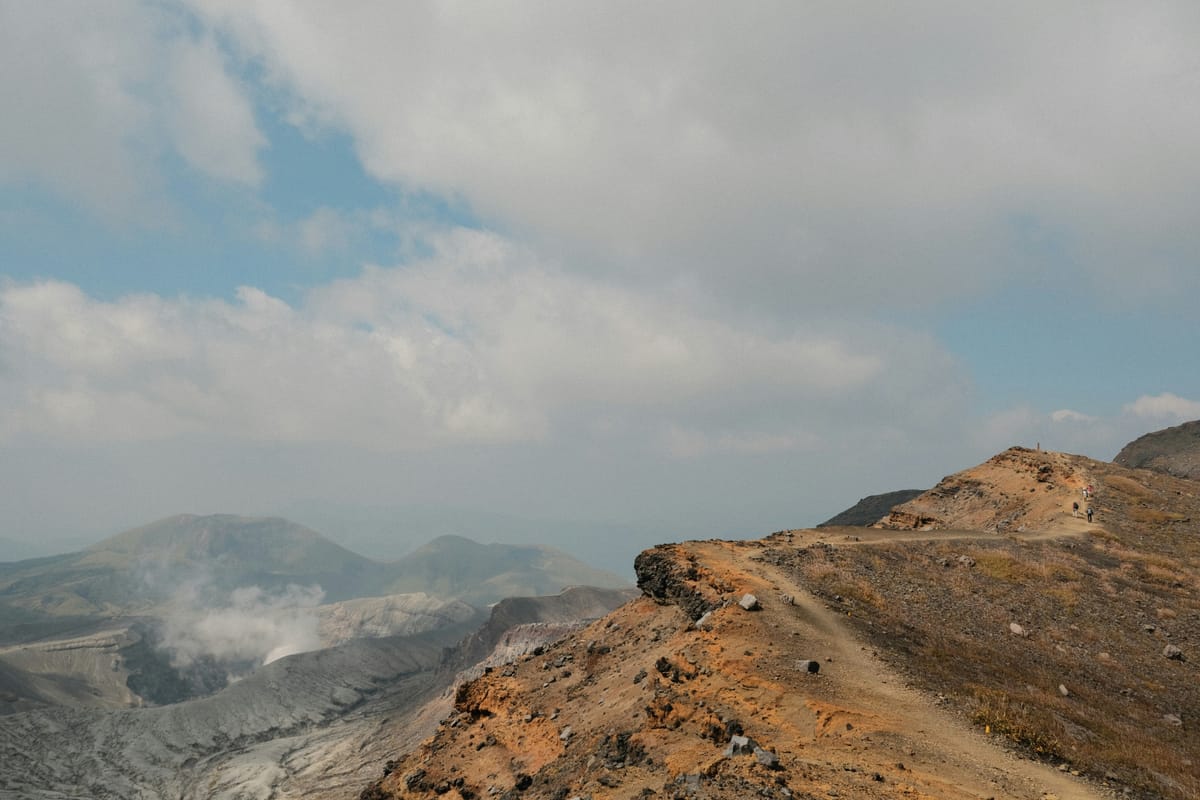"The reverse side also has a reverse side." - Japanese proverb
In a world of rapidly evolving technology, there's always something new and interesting to discuss

In a world of rapidly evolving technology, there's always something new and interesting to discuss. Recently, a Japanese proverb has caught the attention of many, sparking curiosity and fascination among people from all corners of the globe. The simple yet intriguing phrase "The reverse side also has a reverse side" seems to have started a philosophical discussion on various levels, including art, language, and life itself.
For centuries, Japan has been known for its rich cultural history, deeply rooted in philosophy and the arts. One of these profound aspects is its proverbs, which often hold a wealth of meaning that goes beyond their simple words. This particular saying, "The reverse side also has a reverse side," has sparked an intellectual debate among scholars and laypeople alike, as they try to decipher its true meaning.
As we delve into the depths of this Japanese proverb, it becomes evident that it carries a multitude of interpretations. At first glance, one might assume that it is simply referring to duality or opposites. The idea that there are two sides to everything, just as there are two sides to a coin, can be applied to various aspects of life and thought. This concept highlights the importance of looking beyond what is apparent at any given moment, reminding us that there's always another perspective waiting to be explored.
However, this proverb doesn't stop there. Its true power lies in its ability to transcend the physical world and delve into the realms of metaphysics and spirituality. When applied to human nature, "The reverse side also has a reverse side" challenges us to question our own beliefs and assumptions about ourselves and others. In essence, it invites us to reflect on our inherent dualities - the light and dark aspects that make up who we are as individuals.
This philosophical concept can also be applied to the world of language and communication. By acknowledging that there is always another side or perspective to consider, we are reminded of the importance of listening actively and empathetically. Instead of jumping to conclusions or making assumptions, this proverb encourages open-mindedness and a willingness to understand different points of view.
In art, "The reverse side also has a reverse side" can be interpreted as an invitation to explore the depths and intricacies of each piece. Whether it's examining the hidden symbolism in a painting or delving into the emotional undertones of a song, this proverb serves as a reminder that there is always more to discover. The creative process itself becomes a journey of self-discovery and exploration, pushing us to uncover new layers of meaning within our own works of art.
Furthermore, when applied to the realm of science and technology, "The reverse side also has a reverse side" can be seen as an invitation to consider both the potential benefits and drawbacks of progress. As technology continues to evolve at an unprecedented pace, this proverb challenges us to look beyond the surface-level advancements and instead focus on the long-term consequences and implications.
Ultimately, "The reverse side also has a reverse side" is a profound Japanese proverb that encourages introspection, open-mindedness, and a deeper understanding of ourselves, others, and the world around us. By constantly reminding us that there's always another perspective waiting to be discovered, it invites us to challenge our assumptions, engage in active listening, and explore the depths of our own dualities.
In a time where rapid technological advancements and globalization have caused many to feel disconnected from their surroundings, this proverb serves as a gentle reminder that there is still much to learn about ourselves and one another. It encourages us to embrace our inherent complexities and strive for understanding and empathy in all aspects of life.
As the world continues to evolve at breakneck speed, perhaps it's time to take a step back, contemplate the reverse side, and remember that even within ourselves, there is always another perspective waiting to be discovered.


